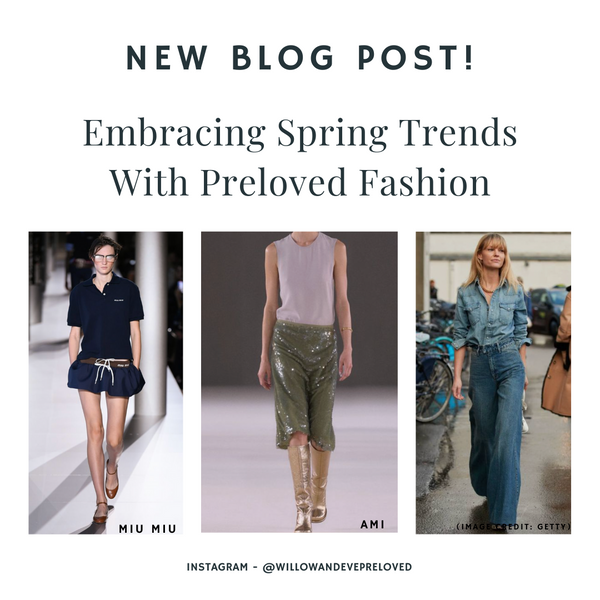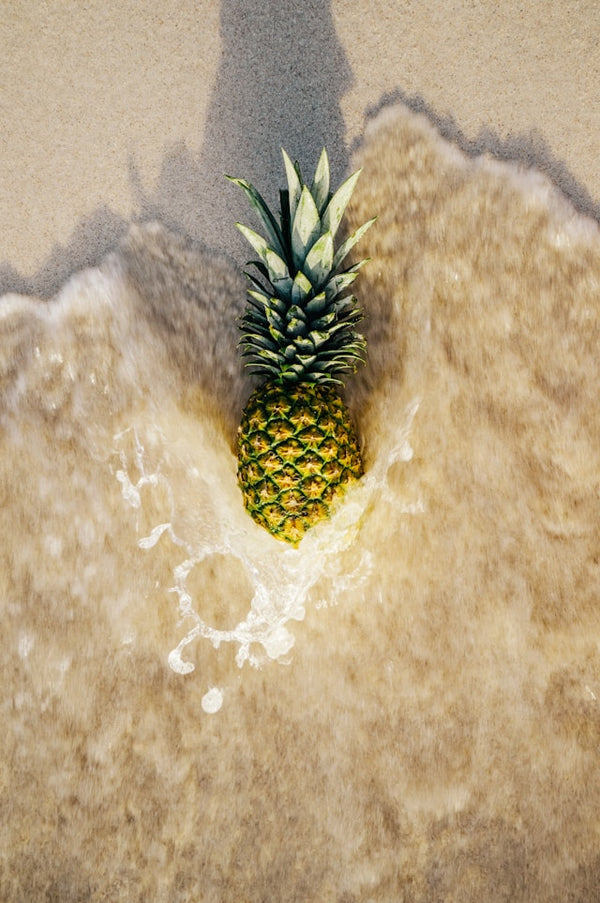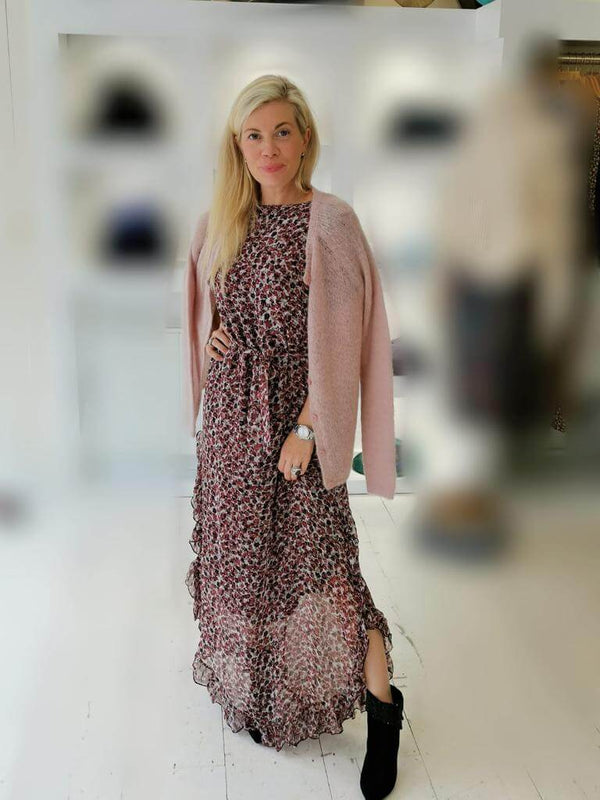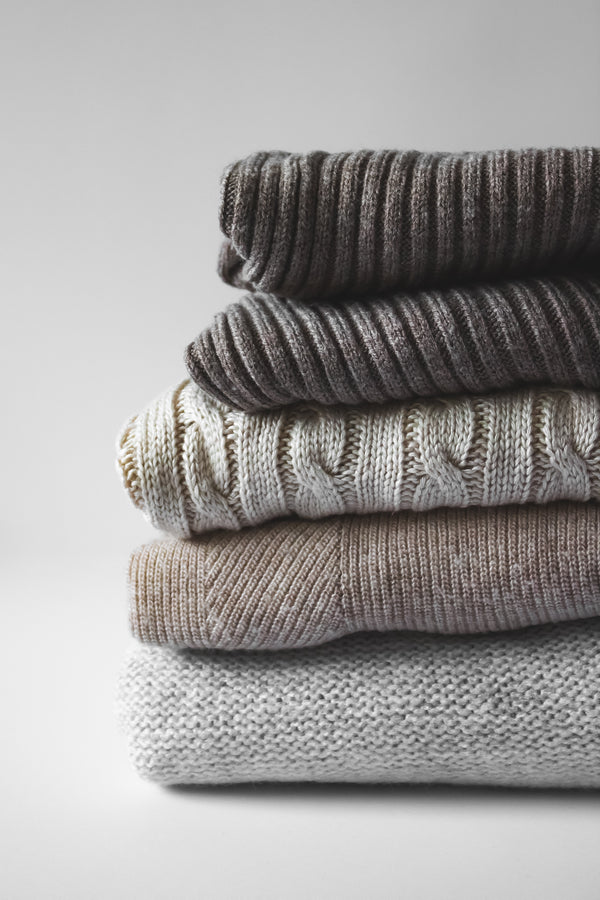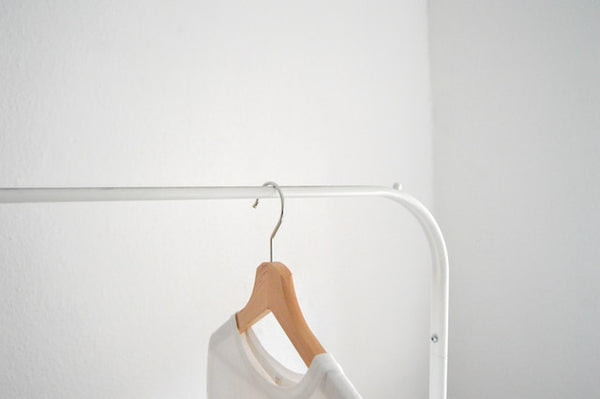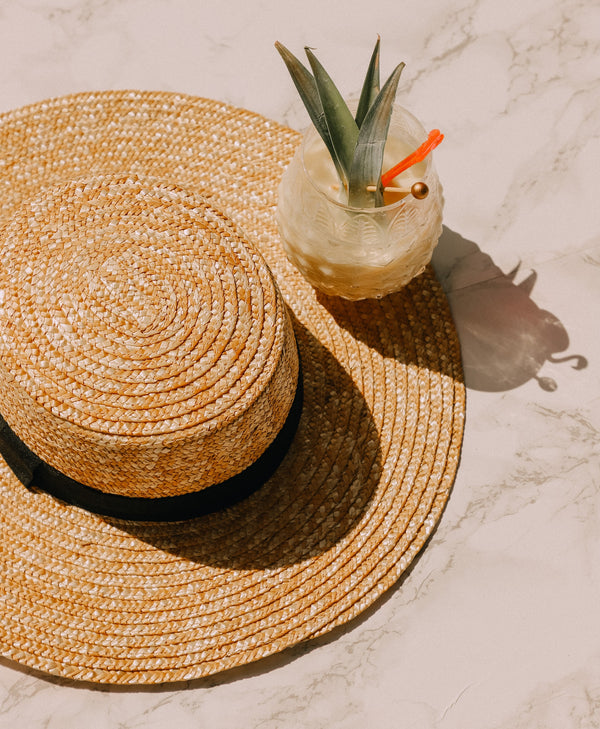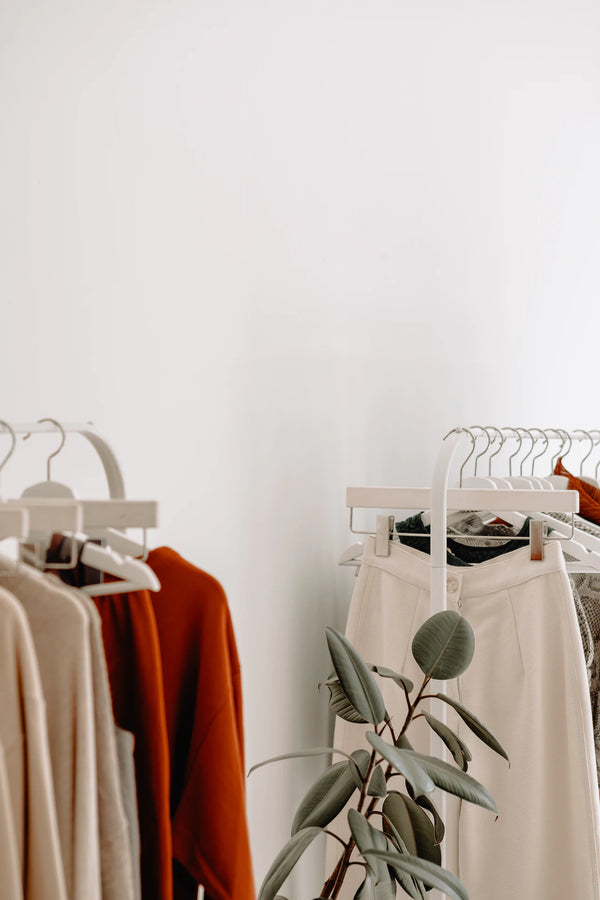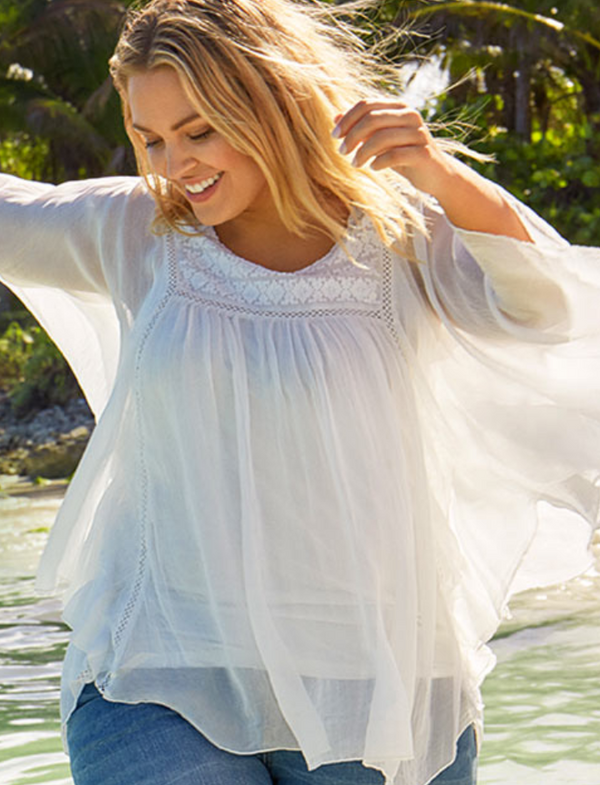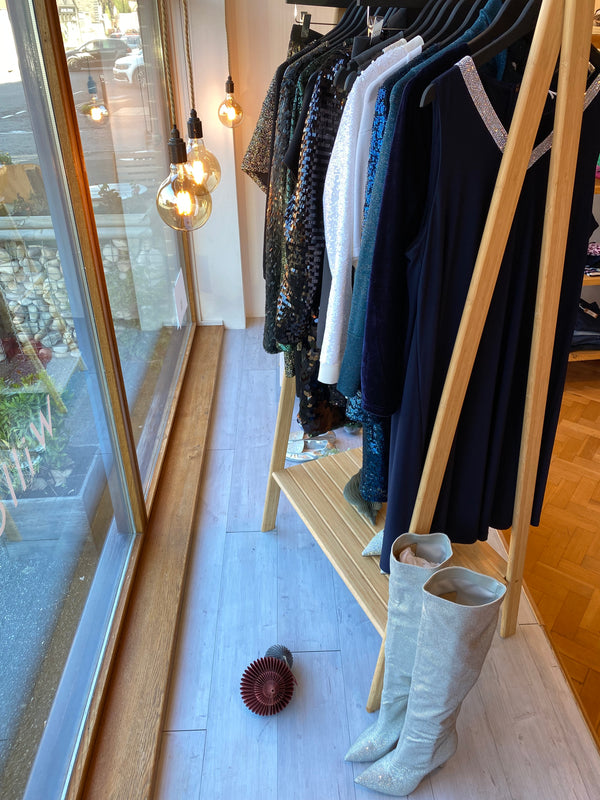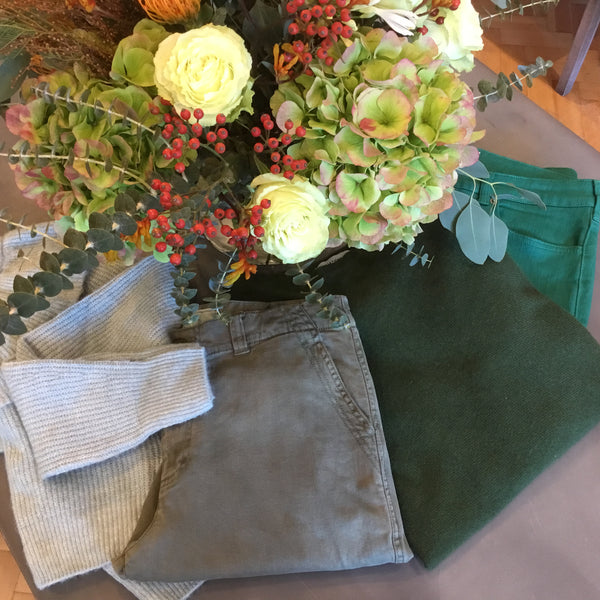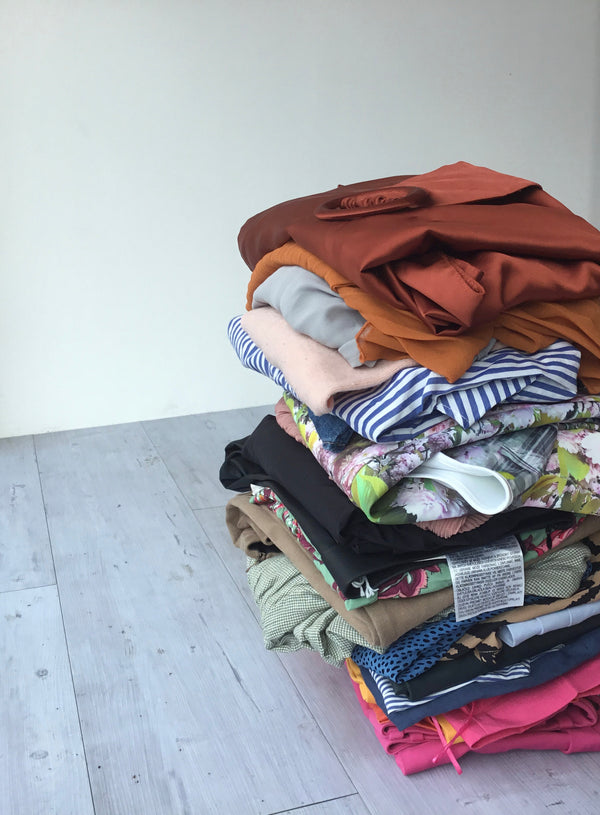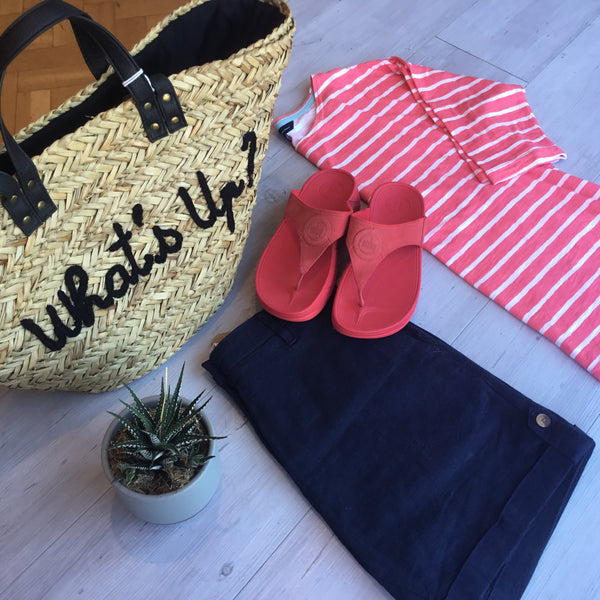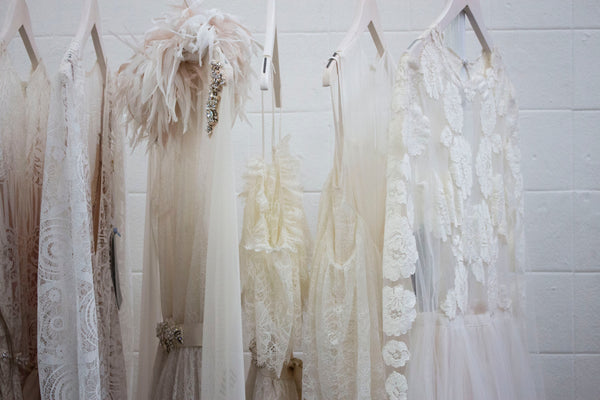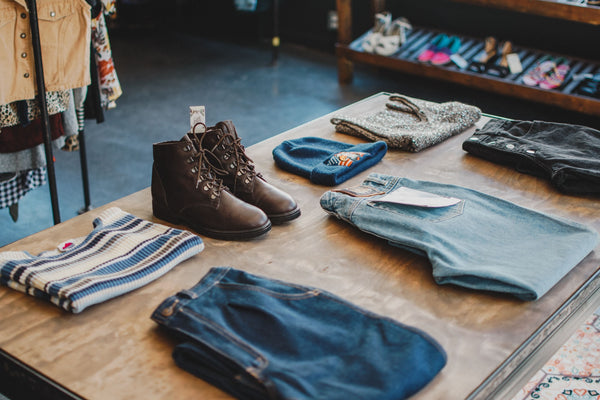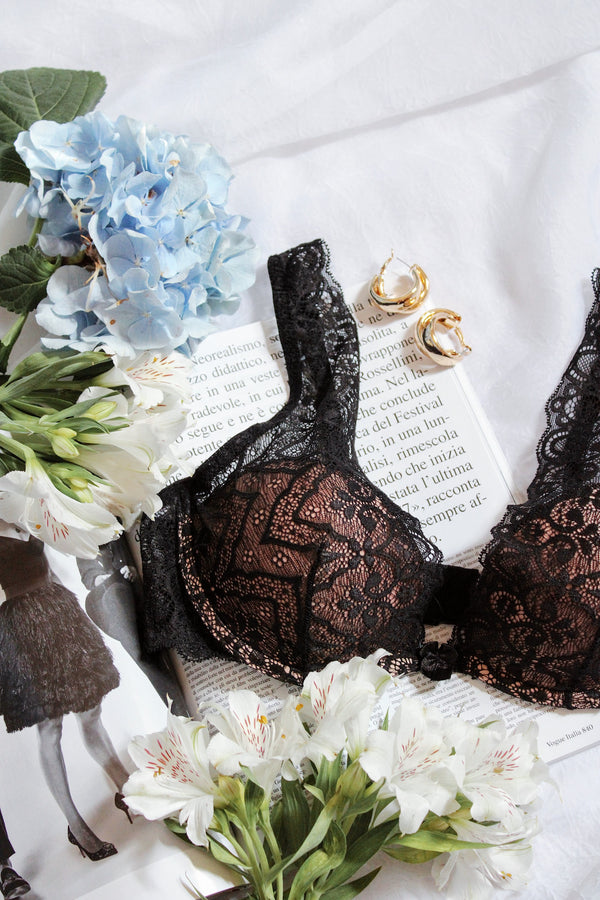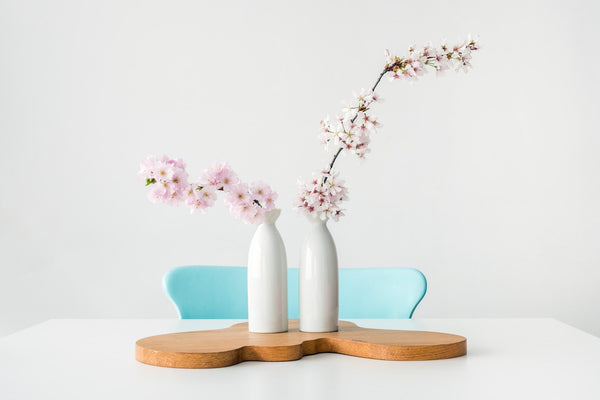What are you wearing?

Have you ever heard of mushroom leather, spider silk or fabric made from bamboo? We hadn’t either!

Stella McCartney The Frayme Mylo TM Shoulder bag -the first ever luxury bag crafted from mycellium
Here at Willow & Eve we can tell a lot from the composition labels of the garments we consign. Apart from the care advice we like to know if there are any natural fibres in the content or if they’re made from premium fabrics to help us price accordingly.
Unless you are allergic to a particular fibre not many customers check the composition label in store. So, it made us wonder, do you even know what you are wearing?
Over the years the fashion industry has seen a significant shift in its material usage to meet the demands of consumers for lower priced, durable and more versatile fabrics.
As customers become more conscious of the environmental impact of their clothing choices, the fashion industry is likely to continue exploring and embracing alternative fabrics that align with these values.
What we've noticed more recently is innovation in sourcing and production with a move away from solely synthetic fabrics to bio-based synthetics, organic and recycled textiles.
The most recent example Willow & Eve spotted was bamboo silk, used by the brand ‘By Soren’. Bamboo silk is actually a semi synthetic fibre which has similar properties and feel to the premium fabric. Because bamboo is easy to grow, and therefore a renewable resource, it’s gaining in popularity.

We’ve also seen a preference for natural fabrics, which can be derived from both animals and plants. Natural fabrics are better for the environment as they are naturally biodegradable and their properties are ideal for clothing as they are moisture wicking, breathable and also very durable
The textile trade has almost come full circle as cotton, silk and linen were the first fabrics to be used commercially for garments. Linen is the oldest known fabric, dating back to 8,000 BC! You may have come across the term ‘flax linen’. Flax is the plant, also known as linseed, and linen is the fabric made from it. Wrap London is one of our popular brands that use organic cotton and linen in their clothing range.

Most of us are familiar with these plant-based fabrics but more unusual is hemp, a fibre from the stalks of this cannabis species of plant, which the clothing brand Poetry widely use in their collections.
Common animal-based fabrics are wool and cashmere. Cashmere sells well for Willow & Eve almost all year round! It was originally sourced from the Kashmir goat in India as early as the 13th century.

Angora is the fibre from angora rabbits and mohair is sourced from the angora goat!
Silk is also an animal fibre and can come in various guises; chiffon, taffeta, organza, as well as crepe de chine. You may also have come across Mulberry silk. This is 100% silk and it comes from the bombyx mori moth that feed only on mulberry leaves!
Amazingly the moth can spin a cocoon made from a single continuous thread of approx 1km. You need over 2000 cocoons to make a pound of silk which can make just one kimono! Production is both time consuming and labour intensive which makes it more expensive.
As is the silk made by spiders, which is actually the strongest natural fibre known to man! The largest piece of fabric made from spider silk was a shawl and cape woven in Madagascar from the Golden Orb spider. Not something we’ll be likely to see in store!
Fast forward to the 19th century and there was significant development in alternatives to naturally based fibres with the introduction of viscose. By 1935 the first synthetic fibre, Nylon, engineered from petrochemicals, had arrived. Invented by the American chemical company DuPont Nylon boasted exceptional strength and elasticity, making it ideal for hosiery, and it soon replaced the silk stocking.
Synthetic fabrics offered a cheaper alternative to the natural fabrics available so development continued with Polyester in the early forties, the most common synthetic in the fashion industry.
Acrylic fibres were developed, again by DuPont, in the late forties. Acrylic had similar properties of wool, offering warmth and softness but at a lower cost and with greater durability. Then in the late fifties Elastane followed. Also known under brand names like Lycra or Spandex, it’s renowned for its exceptional elasticity. Today we consign a lot of clothing with just a small percentage of elastane content which can significantly enhance the stretch and fit of a garment.
Our current reliance on synthetic textiles has raised environmental concerns, mainly due to their petrochemical origins and the challenges associated with recycling and biodegradability.
Another concern is microfiber pollution on marine ecosystems. This is as a result from the washing of synthetic fabrics. In response, the fashion industry is exploring more sustainable practices, including the development of recycled plastics.

Adidas women’s Primeblue collection is just one example. It features a high-performance yarn made with 50% parley ocean plastic, up-cycled plastic waste collected on shorelines and coastal areas.
Bio-based synthetic fibres are also being developed to reduce our reliance on fossil fuels. Fabrics like Lyocell, a cellulosic fabric made from the pulp of eucalyptus trees, and Pinatex, a trade name for pineapple leather, highlight the innovation in sourcing. This drive towards sustainability has also led to the development of materials Ecovero and Lenzing fibres, which are derived from renewable wood sources.

Brands like Thought Clothing and Sezane are incorporating these materials into their collections, showcasing a commitment to environmental responsibility without compromising on style or quality.

However, these innovations also present challenges, particularly in terms of scalability and cost. The future of fashion fabrics lies in the balance between innovation, sustainability, and consumer demand. If you’re reading this you are already helping by buying preloved. Now it's time to consider the material your garments are made from.
So next time you make a purchase have a quick glance at the composition label and see if you really do know what you’re wearing!
Karen Skagerlind.
With thanks Main image


